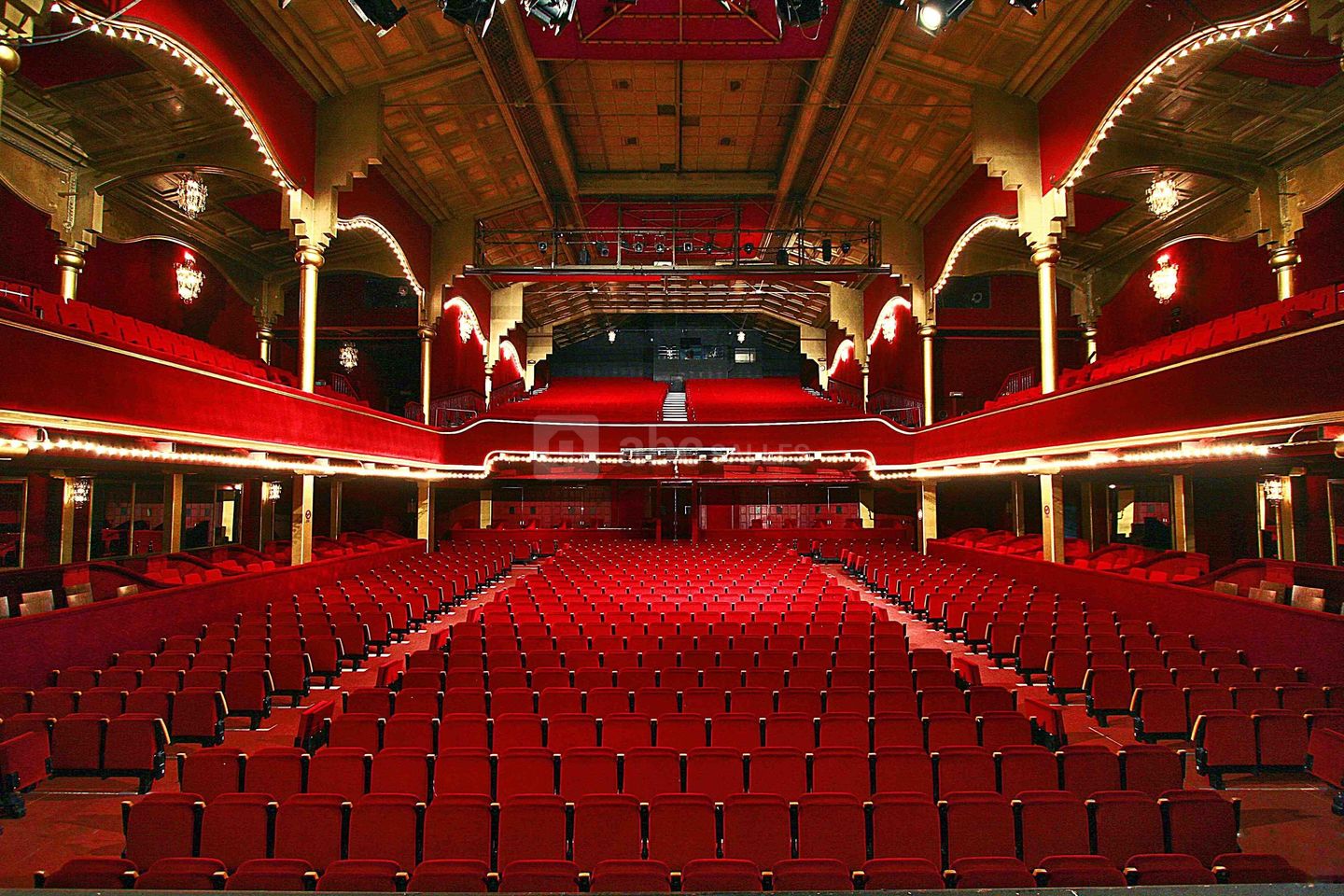The saga of slot machines is a fascinating narrative that parallels the progress of entertainment and wagering throughout the years. Starting from their modest start in the 1890s to becoming a mainstay in gambling establishments across the world, these games of fortune have experienced remarkable evolutions. Slot machines have enthralled players with their vibrant visuals, enticing themes, and the potential of wealthy jackpots.
Initially designed as analog devices with turning reels and few images, slot machines have evolved into sophisticated electronic games that incorporate innovative features and interactive features. Currently, they attract millions of players, each wanting to strike it lucky with just the yank of a switch or the tap of a button. Investigating the fascinating past of these devices reveals not just the narrative of a popular activity, but also a reflection of societal changes and progress in technology over the years.
One of the Origins of Slot Machines
The story of slot machines originates in the final years of the 19th century, a time when mechanical devices were becoming popular in entertainment venues. The first true slot machine was invented by Charles Fey in 1895, known as the Liberty Bell. This machine featured 3 spinning reels and 5 symbols: hearts, diamonds, spades, a horseshoe, and the famous Liberty Bell. Players would pull a lever to spin the reels, and if the symbols matched in a particular combination, they would win a payout. Fey’s invention quickly captured the attention of gamblers and paved the way for future developments in casino slots games.
As the concept of the slot machine gained traction, numerous inventors looked to enhance Fey’s design. By the early 1900s, these machines were becoming a common sight in saloons and amusement parks. In 1907, the first electromechanical slot machine was launched by Herbert Mills, which featured a more intricate system of payout mechanisms and the renowned fruit symbols that are still associated with slots today. This evolution marked a major shift in the gaming industry, as machines became more entertaining and user-friendly, drawing in more players.
The popularity of slot machines continued to soar throughout the first half of the 20th century, leading to their extensive use in casinos across the United States. However, the rise of legal restrictions on gambling during the Great Depression posed challenges for the industry. Many machines were banned, but this did not stop innovators. Instead, they adjusted by creating machines that gave out candy or gum instead of cash prizes, effectively circumventing the restrictions while still offering the thrill of a casino slots game. This ingenuity kept the spirit of gambling alive, setting the stage for the future resurgence of slot machines in modern casinos.
Advancement of Slot Machine Technology
The story of slot machines began in the closing 19th hundred years with the invention of the first mechanical machines. Nhà cái 8S Charles Fey, a West Coast craftsman, introduced the Liberty Bell slot machine in 1895, which included three revolving reels and five symbols: heart shapes, diamond shapes, spade symbols, a lucky horseshoe, and the Liberty Bell itself. This straightforward yet enthralling layout laid the basis for the progress of casino slots game, creating an swift draw for gamblers searching for fun and a chance to earn.
As innovation matured, so did the design and capabilities of slot machines. By the central 20th era, electromechanical machines surfaced, adding electric parts to enhance gameplay and amplify payout opportunities. These developments allowed for greater complexity features like various paylines and larger jackpots. The gambling venues adopted these developments, causing the emergence of slot machines as a major provider of income within the gaming industry, radically transforming the casino slots game experience.
The closing 20th and initial 21st centuries heralded the digital revolution, leading to the launch of video gambling machines. These machines replaced traditional reels with screens, permitting even more creativity in themes and gameplay systems. Gamblers could now enjoy engaging graphics and sound effects, along with dynamic bonus rounds. The shift to internet gambling further revolutionized the casino slots game, rendering slots available to a global market at any time and wherever, thus marking a fresh chapter in the evolution of gambling device advancements.
A Social Influence of Slot Machines
These gaming machines have become more than just a form of entertainment; they have integrated into the essence of popular culture. Across movies and TV series to music and literature, these iconic gaming machines often act as emblems of chance and risk. Films like Casino and Ocean’s Eleven notably feature slots, depicting them as thrilling yet unpredictable elements of the casino atmosphere. Their unique attraction lies in the noise of coins clinking, the spinning reels, and the vibrant blinking lights, which together create an electric atmosphere that draws people in.
Moreover, slot machines have influenced social gatherings and events, making them a centerpiece in casinos and gaming venues. Numerous individuals do not just go to a casino to gamble; they go for the entire experience, which includes the social interactions and the lively ambiance surrounding these machines. Special tournaments and themed gaming nights centered around slots also showcase their popularity, fostering community engagement and collective fun among players. This social element has contributed to the machines’ enduring popularity.
The advancement of technology has further changed this cultural impact. Digital and online slots have expanded access to these games far beyond the walls of physical casinos. Players can now enjoy their favorite casino slot games from home or on the move, leading to the rise of virtual forums and forums where enthusiasts share strategies and experiences. The ongoing innovation in game design and the integration of storytelling have kept the cultural significance of slot machines alive, attracting younger audiences while maintaining a connection to their cultural roots.
